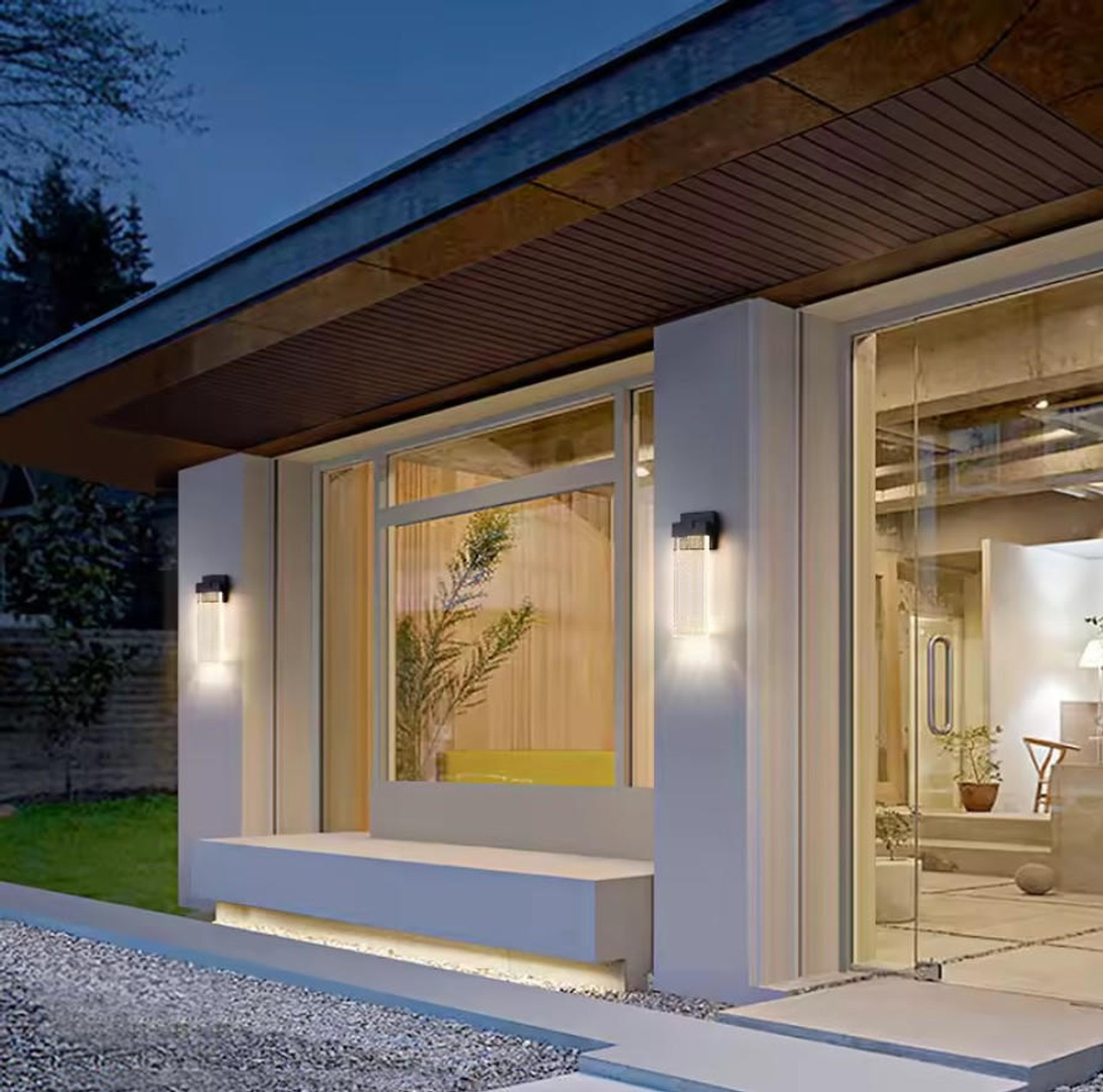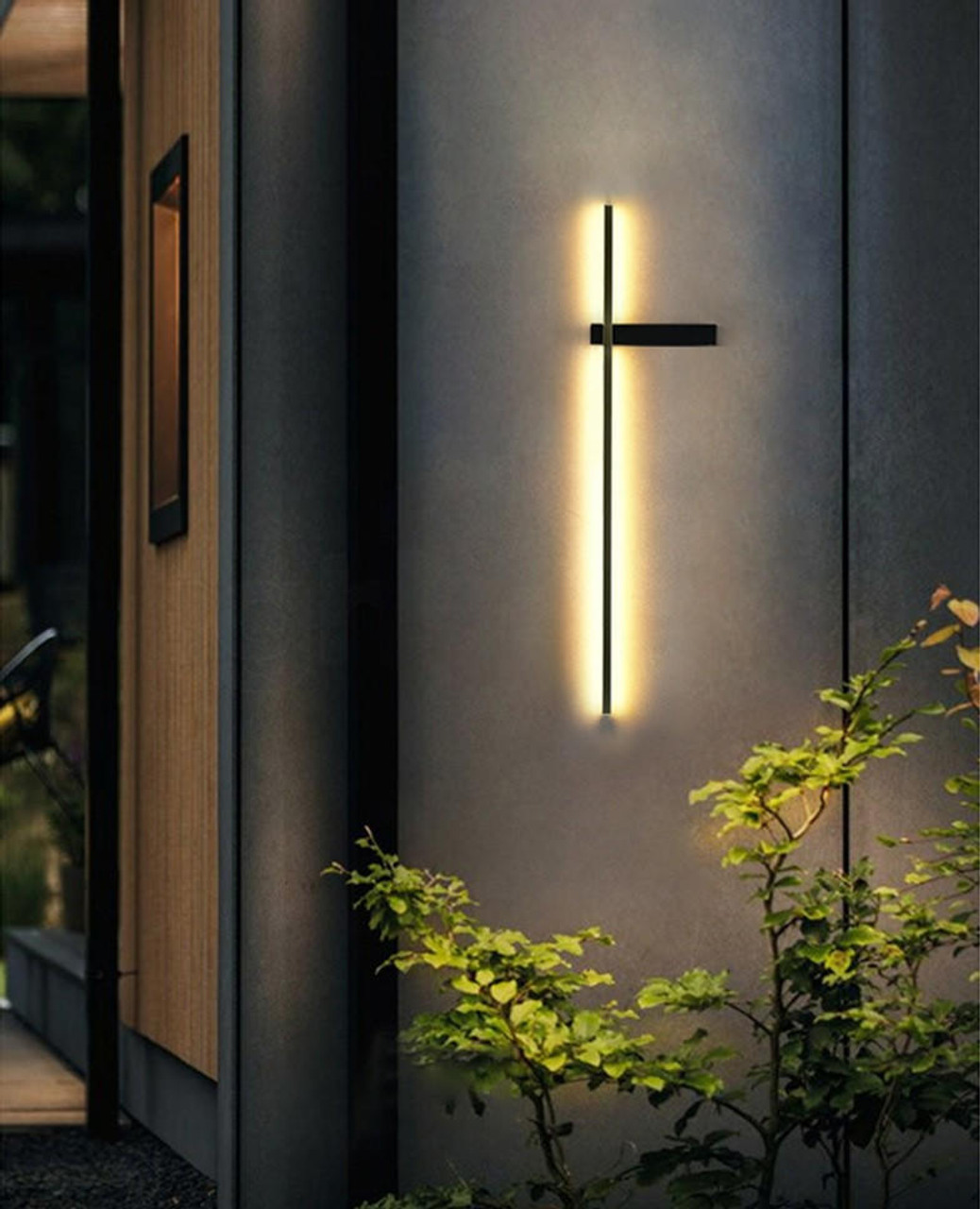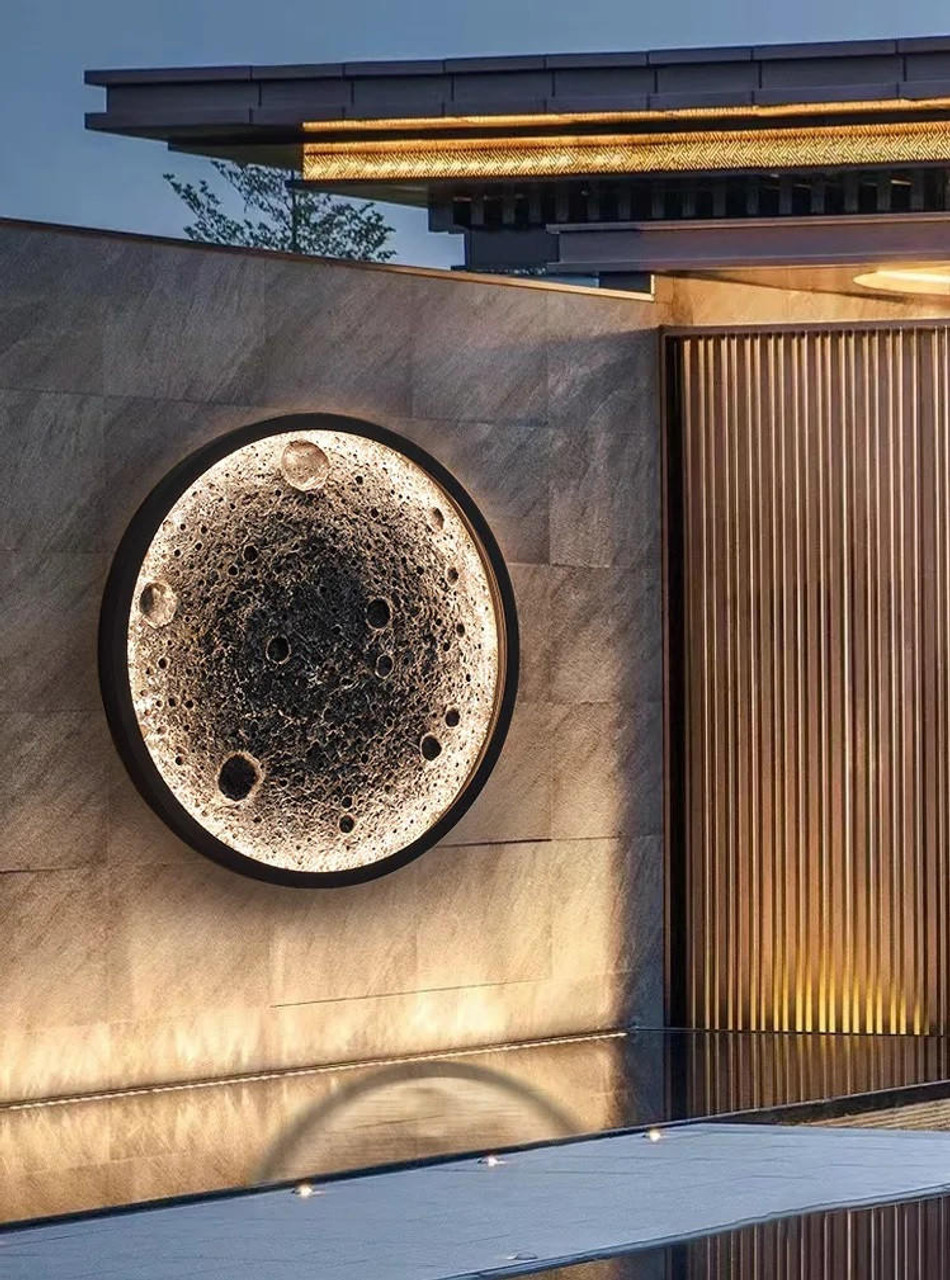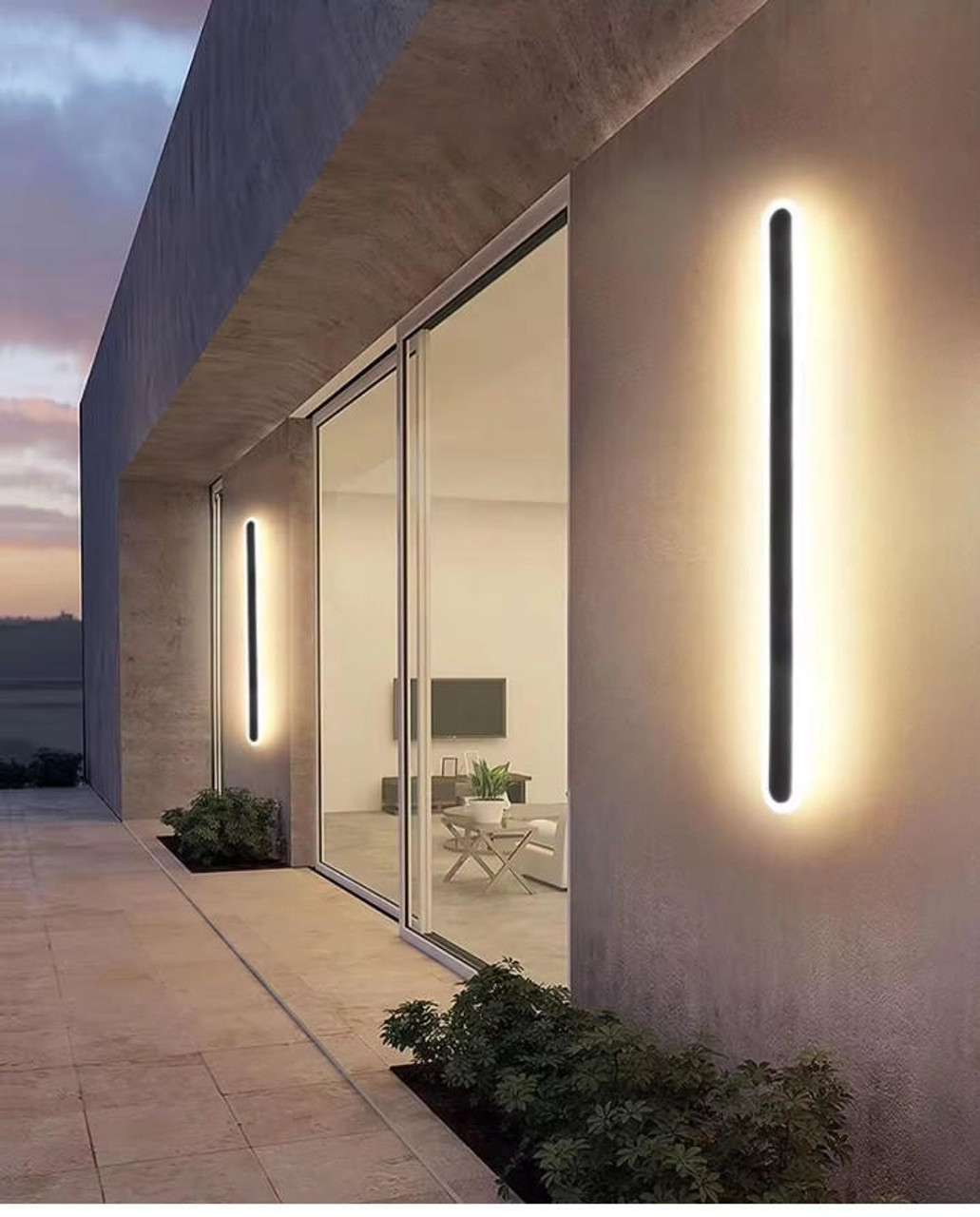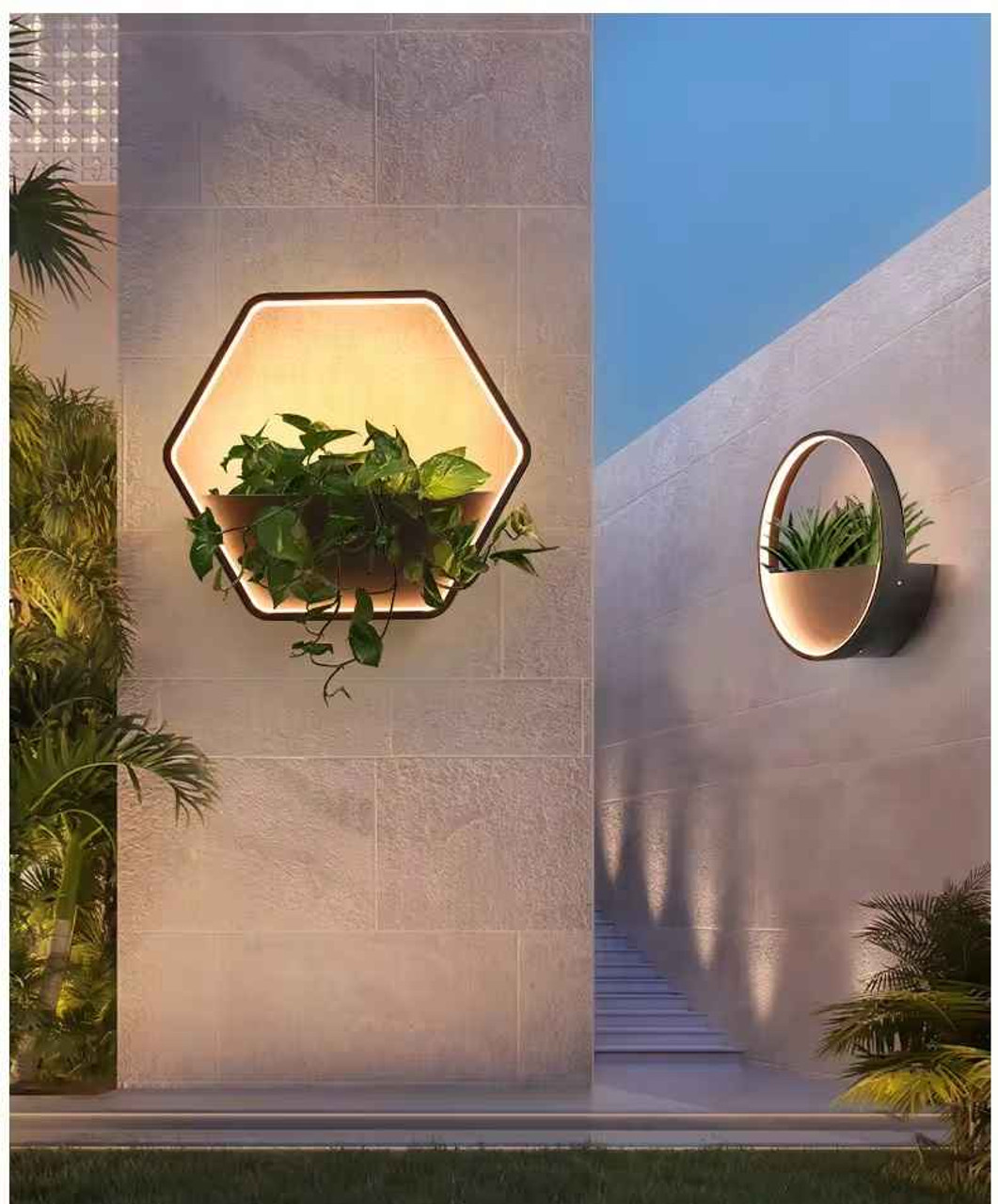Architectural Lighting Design Solutions: Creating Atmosphere with Light
Posted by Bert Ron-Harding: Architectural Technologist on 13th Sep 2024
In architecture, light is as fundamental as concrete, glass, or steel. Light defines space, reveals form, creates atmosphere, and affects our perception of the world. Architectural lighting design, often relegated to a secondary role in the design process, plays a pivotal part in how buildings function, how they communicate, and how they evoke emotional responses. The goal of architectural lighting design is not merely to illuminate spaces but to create atmospheres that complement the architecture itself, crafting experiences that enhance the human condition.
In this exploration of architectural lighting design, we will delve into how light can transform spaces, emphasize architecture, and evoke moods through thoughtful, integrated lighting solutions.
The Role of Light in Architecture
Light is one of the most fundamental elements in architecture. It serves not only to illuminate but to sculpt, to emphasize, and to dramatize. Its presence or absence can make the difference between a space that feels expansive or confined, dynamic or static. As an architect, you understand that the manipulation of light in architecture is a design decision as critical as any structural or material choice.
Architectural lighting design emphasizes the relationship between light and form, seeking to create harmony between the two. Whether daylight or artificial lighting, the way light interacts with surfaces, textures, and materials can shape our emotional connection to a space. It can guide our movement, highlight critical design features, or subtly enhance the ambient atmosphere.
For instance, consider the works of Louis Kahn, who masterfully manipulated light and shadow in his buildings to define volumes and evoke a sense of spirituality. At the Salk Institute in California, light streams through carefully designed apertures, creating dramatic plays of light and shadow that transform the concrete surfaces into living, dynamic elements of the design. This ability to shape perception through lighting is a hallmark of thoughtful architectural lighting design.
The Layers of Light: A Multi-Dimensional Approach
Architectural lighting design is not a one-size-fits-all solution. Instead, it requires a layered approach that integrates different types of light to achieve a holistic experience. These layers include ambient lighting, task lighting, accent lighting, and decorative lighting, each serving a distinct purpose within the overall design.
1. Ambient Lighting: The Foundation
Ambient lighting provides general illumination, establishing the baseline brightness of a space. Often referred to as "general lighting," this layer ensures that spaces are functional and safely navigable. The goal of ambient lighting is to create an even, comfortable light level across a room. In architectural design, it’s essential to blend ambient light into the architecture so that it complements rather than competes with the space’s structural features.
Large spaces like atriums or open-plan offices often require sophisticated architectural lighting design to ensure that light is distributed evenly while maintaining the spatial character. In residential settings, ambient lighting might come from recessed lighting or a series of pendant fixtures that emphasize the architecture’s rhythm and flow.
2. Task Lighting: Precision and Functionality
Task lighting is all about functionality. It provides localized illumination where specific activities, such as reading, cooking, or working, take place. The design challenge here is to integrate functional lighting in a way that supports the task without detracting from the aesthetic integrity of the space.
In modern architectural lighting design, task lighting is often designed to be adjustable and discreet, blending into the overall scheme while providing concentrated light exactly where it’s needed. Adjustable downlights, under-cabinet lighting, and desk lamps are all examples of task lighting that must seamlessly fit into the design narrative without disrupting the architectural flow.
3. Accent Lighting: Drama and Emphasis
Accent lighting is where lighting becomes theatrical. It is used to highlight key architectural features, artworks, or other focal points within a space. Whether it’s the subtle illumination of a textured wall or a focused spotlight on a piece of sculpture, accent lighting draws attention and creates a visual hierarchy within the room.
Accent lighting is most effective when used sparingly and strategically. It should be part of an integrated architectural lighting design approach that enhances the character of the space. For instance, in museums or galleries, accent lighting is often critical for highlighting artwork, allowing viewers to focus on the details without distraction. In contrast, in residential settings, accent lighting might be used to emphasize a fireplace or an architectural niche, adding depth and dimension to the room.
4. Decorative Lighting: Beauty and Expression
Decorative lighting serves a dual purpose: to provide light and to act as a statement piece within the architecture. These are fixtures that draw attention for their design as much as for their function. Chandeliers, pendant lights, and sculptural light fixtures are often the focal points of a room, chosen not just for the light they provide but for their visual impact.
In architectural lighting design, decorative lighting must complement the architecture, adding a layer of sophistication and personality. A striking chandelier in a grand hotel lobby or a series of modern pendant lights in a minimalist home can reinforce the architectural theme while enhancing the atmosphere.
Daylighting: The Power of Natural Light
While artificial lighting plays a critical role in architecture, architectural lighting design also encompasses the thoughtful use of natural light. Daylighting is the practice of harnessing natural sunlight to illuminate interior spaces. It reduces the need for artificial lighting, lowers energy consumption, and has been shown to improve well-being and productivity in occupants.
Daylighting is not just about windows; it’s about how sunlight interacts with the building’s structure. Skylights, clerestories, light shelves, and reflective surfaces can all be used to direct sunlight deeper into a building, illuminating spaces that might otherwise remain in shadow.
Incorporating daylighting into architectural lighting design requires a deep understanding of the sun’s movement throughout the day and the year. It involves balancing the desire for natural light with the need to control glare, heat gain, and privacy. By integrating daylighting strategies into the architecture, designers can create spaces that feel connected to the natural environment, fostering a sense of openness and well-being.
Creating Atmosphere with Light
At the heart of architectural lighting design is the creation of atmosphere. The way a space feels—whether intimate or expansive, serene or dynamic—depends largely on how it is lit. Light can evoke emotions, alter perceptions, and enhance the experience of a space.
1. Warm vs. Cool Light
The color temperature of light has a significant impact on the atmosphere of a space. Warm light (typically in the 2700K-3000K range) creates a cozy, inviting environment, making it ideal for residential settings, restaurants, and hospitality spaces. In contrast, cool light (4000K-5000K) is more suited to office environments, galleries, and industrial spaces, where clarity and brightness are essential.
In architectural lighting design, the choice between warm and cool light depends on the function of the space and the desired emotional response. A luxury hotel might use warm, dimmable lights in guest rooms to create a sense of relaxation, while a contemporary art gallery might use cool, neutral light to ensure that artworks are viewed in their true colors without interference from the lighting.
2. Light and Shadow
Shadow is as important as light in creating atmosphere. The interplay between light and shadow adds depth, texture, and drama to a space. In architectural lighting design, shadows are not a byproduct but a tool to be used deliberately.
Consider the way Frank Lloyd Wright used light in his buildings. In his iconic Fallingwater, light filters through the surrounding trees, casting dappled shadows across the stone floors, creating a sense of connection to the natural environment. This subtle interplay between light and shadow enhances the organic qualities of the architecture, reinforcing the building’s connection to the landscape.
3. Dynamic Lighting
The use of dynamic lighting—lighting that changes over time—can transform the experience of a space. This might involve the use of dimmable lights that shift in intensity throughout the day or color-changing LEDs that adjust the atmosphere based on the time of day or the mood of the space.
Dynamic lighting is particularly powerful in public spaces, where the mood may need to change from day to night. For example, a hotel lobby might use bright, welcoming light during the day to guide guests in, but transition to softer, warmer tones in the evening, creating a more intimate atmosphere.
Conclusion: The Future of Architectural Lighting Design
As technology evolves, the possibilities for architectural lighting design continue to expand. LED technology, smart lighting systems, and advanced control systems are making it easier than ever to create lighting solutions that are not only energy-efficient but also customizable to the needs of each space.
At its core, however, architectural lighting design remains a balance between art and science. It is about using light to enhance architecture, to shape space, and to evoke emotion. In the hands of a skilled designer, light becomes a material as essential as concrete or glass, shaping the way we experience the built environment and creating spaces that resonate on both a functional and emotional level.


